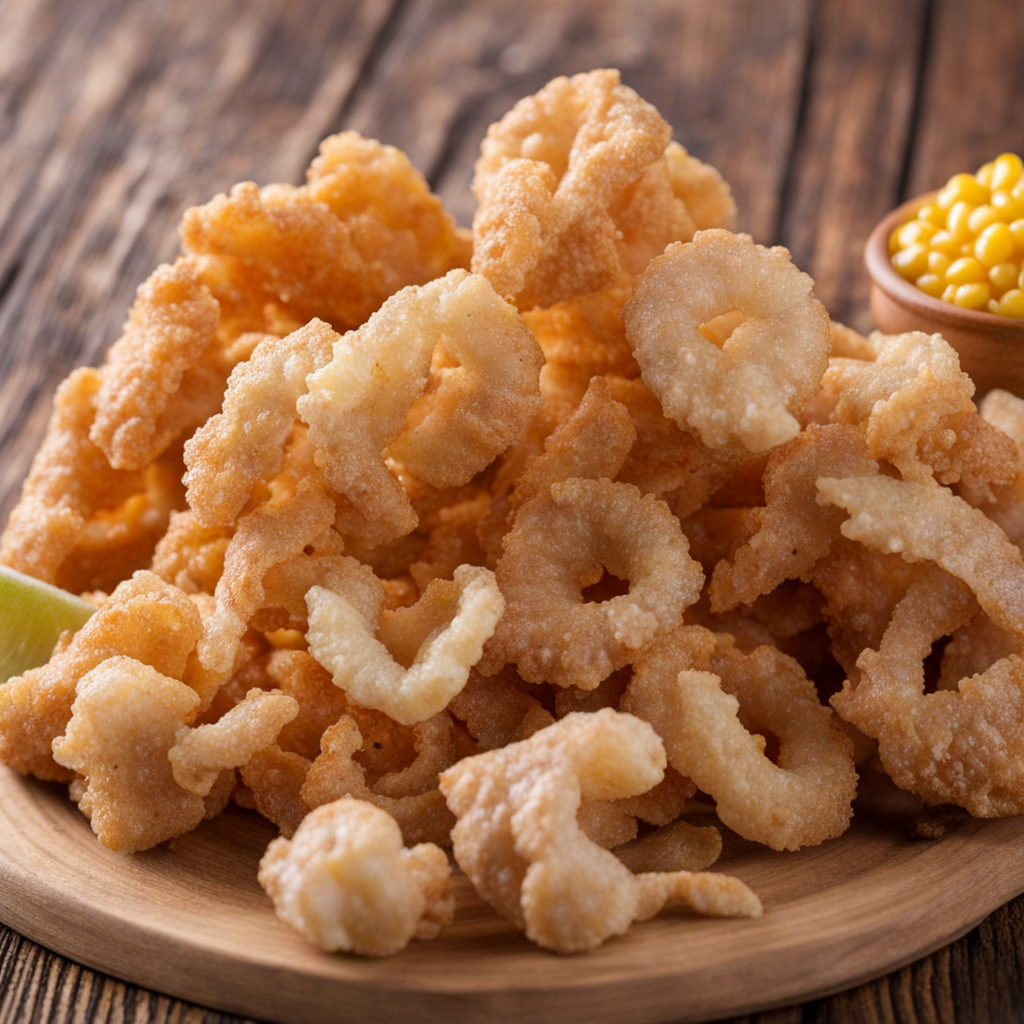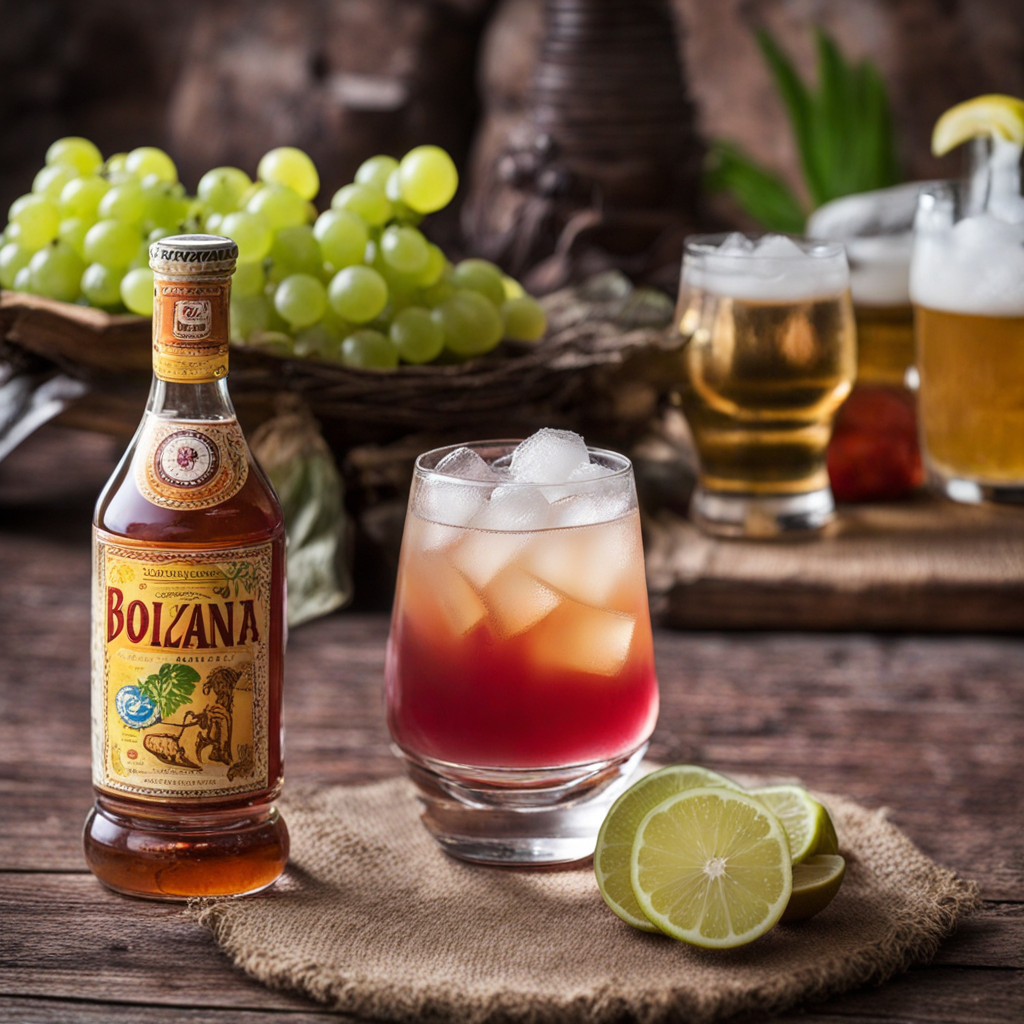Empanadas de Queso
Empanadas de Queso are a delightful Bolivian treat that showcases the rich culinary traditions of the region. These golden, flaky pastries are filled with a generous portion of melted cheese, often made from a blend of local varieties that provide a unique flavor profile. The dough is typically crafted from wheat flour, resulting in a tender yet slightly crispy exterior that contrasts beautifully with the gooey, savory cheese inside. Each bite reveals the comforting warmth of the filling, making them an irresistible snack or appetizer. What sets Empanadas de Queso apart is the way they are often prepared and served. They can be baked or fried, with fried versions offering a satisfying crunch that enhances the overall experience. Some variations include the addition of herbs or spices, such as oregano or a hint of chili, which adds an extra layer of flavor without overwhelming the palate. These empanadas are commonly enjoyed with a side of spicy salsa or a refreshing dipping sauce, allowing for a delightful contrast of textures and tastes. In Bolivia, Empanadas de Queso are a popular street food that captures the essence of local cuisine, often enjoyed during festivals, family gatherings, or as a quick snack on the go. Their simplicity and heartiness make them a favorite among locals and visitors alike. Whether savored at a bustling market or made at home, these cheesy delights are a perfect introduction to the vibrant flavors of Bolivian gastronomy, inviting food lovers to explore the country's rich culinary heritage.
How It Became This Dish
The History of Empanadas de Queso in Bolivia #### Origins of Empanadas The story of empanadas, including the beloved empanadas de queso, traces its roots back to the Iberian Peninsula, particularly Spain and Portugal. The term "empanada" derives from the Spanish verb "empanar," which means "to wrap in bread." These savory pastries were originally designed as portable meals, making them ideal for laborers and travelers. The practice of encasing fillings in dough spread across the globe during the colonial era, adapting to local ingredients and culinary traditions. When Spanish colonizers arrived in the Americas, they brought with them their culinary traditions, including empanadas. In Bolivia, the empanada evolved, incorporating indigenous ingredients and cooking techniques. The influence of the Andean culture, combined with the Spanish culinary tradition, resulted in a unique Bolivian variant that reflected the region's agricultural bounty and diverse cultures. #### Cultural Significance Empanadas de queso hold a special place in Bolivian culinary culture. They are not merely a snack; they symbolize the melding of indigenous and colonial histories. Cheese, a key ingredient in these empanadas, is primarily derived from local dairy practices, often from cows or llamas, which have been part of the Andean lifestyle for centuries. The inclusion of cheese in the empanada highlights the adaptation of local resources. In Bolivia, empanadas de queso are often enjoyed during family gatherings, celebrations, and street festivals. They are a staple of everyday life, found in busy markets and street stalls, where vendors serve them hot and fresh. The empanada has become an emblem of Bolivian identity, showcasing the country’s rich culinary tapestry. #### Preparation and Ingredients Traditionally, empanadas de queso are made with a simple dough consisting of flour, water, and salt, sometimes enriched with eggs or lard for added richness. The filling primarily features cheese, typically a soft, fresh cheese such as "queso fresco" or "queso de cabra." Some variations may include herbs, spices, or even bits of vegetables to enhance flavor. The assembly of the empanada is an art form in itself. A small disc of dough is rolled out and filled with cheese before being folded over and sealed, often crimped at the edges to secure the filling. The empanadas are then baked or fried, resulting in a delightful golden-brown exterior that contrasts with the soft, melted cheese inside. In many regions of Bolivia, the empanadas de queso are served with a spicy aji (sauce) for dipping, which adds an exciting layer of flavor. The combination of the crisp pastry and the gooey cheese, complemented by the heat of the aji, creates a sensory experience that is both comforting and exhilarating. #### Evolution Over Time Over the years, the empanada de queso has undergone various transformations, reflecting the dynamics of Bolivian society and its culinary landscape. In urban areas, especially in cities like La Paz and Cochabamba, the empanada has evolved to cater to modern tastes. Gourmet variations have emerged, incorporating international influences and diverse fillings, while still maintaining the essential characteristics of the traditional empanada. The rise of street food culture in Bolivia has also played a significant role in the evolution of empanadas de queso. Vendors have begun to experiment with different doughs, fillings, and cooking methods. For instance, some now use whole wheat flour or incorporate quinoa into the dough, reflecting a growing trend towards health-conscious eating. Local artisans have also started producing specialty cheeses, which has led to unique regional variations in empanadas de queso, showcasing the distinct flavors of different Bolivian regions. Moreover, the globalization of food culture has made empanadas de queso accessible beyond Bolivia's borders. They have found their way onto menus in international restaurants and food festivals, gaining popularity among those unfamiliar with Bolivian cuisine. This exposure has encouraged chefs to innovate further, creating fusion versions that blend Bolivian empanadas with other culinary traditions, such as Asian dumplings or Mediterranean pastries. #### Empanadas in Modern Bolivia Today, empanadas de queso remain a beloved comfort food in Bolivia. They are often consumed as a quick breakfast or snack, enjoyed at social gatherings, or served at special occasions. The simplicity of the dish, combined with its rich flavors, continues to resonate with both locals and visitors. The rise of food trucks and artisanal markets has further contributed to the empanada's popularity, as chefs experiment with new flavors and presentations. In addition, the Bolivian government has recognized the significance of traditional foods in preserving cultural heritage. Initiatives to promote traditional Bolivian cuisine have led to increased awareness and appreciation for dishes like empanadas de queso, encouraging a new generation to engage with their culinary roots. #### Conclusion Empanadas de queso are more than just a delicious snack; they are a testament to Bolivia's rich history and cultural identity. From their Spanish origins to their adaptation through indigenous influences, these empanadas encapsulate the story of a nation that has embraced its diverse heritage. As they continue to evolve and adapt over time, empanadas de queso remain a symbol of Bolivian culinary pride—a dish that connects the past with the present, celebrating both tradition and innovation. In every bite, one can savor the essence of Bolivia's landscape, history, and the warmth of its people.
You may like
Discover local flavors from Bolivia







